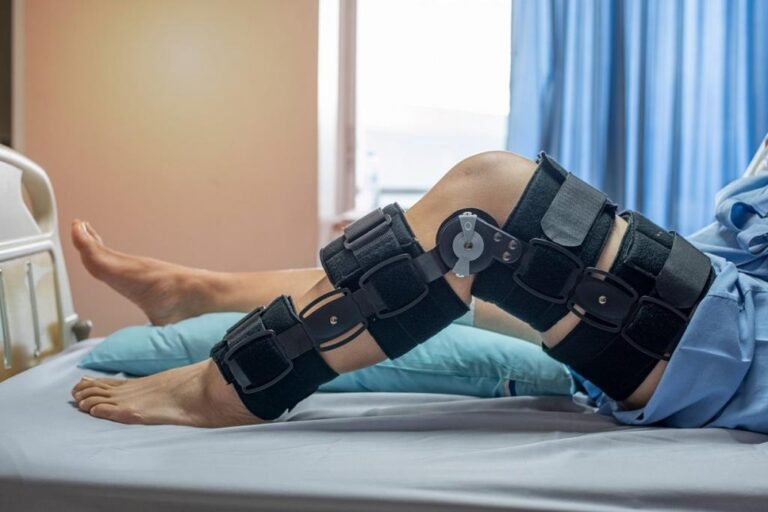When your knees are stiff, painful, and can’t perform their job anymore due to arthritis, a complex fracture, or an injury that won’t heal, you may need knee replacement surgery. If both knees are shot, you face a dilemma: Should you replace them at the same time and get the whole thing over with, or deal with one surgery at a time?
At Texas Orthopaedic Associates LLP — with locations in the Dallas-Fort Worth and Plano, Texas, areas — our expert orthopedists only recommend knee surgery when other, less-invasive options have failed. Knee replacement surgery removes damaged tissue, resurfaces the joint bones, and then separates the bones with a spacer so your knee can move freely and without pain again.
If you need to replace both knees, you can choose for either a simultaneous bilateral knee replacement (both knees replaced during the same surgery) or a staged bilateral knee replacement (two surgeries performed a few months apart). To choose between simultaneous or staged surgeries, ask yourself the following questions:
Am I relatively young and healthy?
If you’re under 65 and in good health, you could benefit from simultaneous bilateral knee replacement. The advantages of doing both surgeries at once include having to undergo only one hospital stay and one recovery period. However, the hospital stay can be up to 10 days for simultaneous surgery, versus 3-4 days for each staged surgery, and your recovery time is longer, too.
You’re not a candidate for simultaneous surgery if you have heart or lung conditions. Replacing two knees at once increases the time of the surgery from two hours (single knee) to three hours. This means more time spent under anesthesia and a greater amount of anesthesia used. Women also tend to fare better during simultaneous bilateral knee replacement surgery than men do.
Do I have a helper for my recovery period?
If you opt for simultaneous replacement, you won’t be able to use either of your legs normally for most of your recovery period. After a hospital stay of up to 10 days, you need assistance at home for up to six weeks. If a family member can’t help out, you may need to hire a home health worker.
If you have your knees replaced in stages, your second operation isn’t scheduled until about three months after your first operation. Your hospital stay is shorter per surgery (though about the same overall) and each recovery period is quicker, too. While you may need a helper for the first week, once you’re released from the hospital with an assistance device — such as a walker, crutches, or a cane — you should be able to get around the house on your own without too much help during your 3-6 weeks of recovery
Is my life flexible?
Recovering from simultaneous or staged surgeries takes time. Each recovery period can take from 3-6 weeks. You won’t be able to drive for about 4-6 weeks after your knee replacement. You also need to undergo physical therapy for 6-12 weeks following surgery to build up your strength and regain mobility.
During each recovery period, you also need to equip your home with medical devices that help you stay safe while you build strength and get accustomed to your new knee. This includes risers for your toilet, shower and bath bars, and a first-floor living area (you won’t be able to climb stairs).
How risk-averse am I?
All surgeries have risks; however, the rate of serious adverse events in knee replacement surgery is only about 2%. Simultaneous bilateral knee replacement surgery is slightly riskier than staged bilateral knee replacement, simply because the surgery to replace both knees at once takes longer and is more complex. However, any knee replacement surgery runs the risk of blood clots, infections, and other complications.
Whether you want to replace your knees at the same time or in stages, the most important decision you’ll make is choosing an expert and experienced orthopedic surgeon. To schedule a consultation, call us today or use our online appointment request form.













